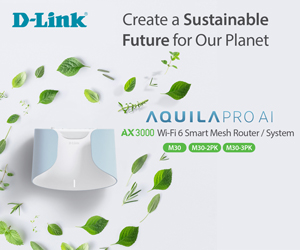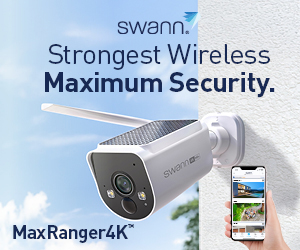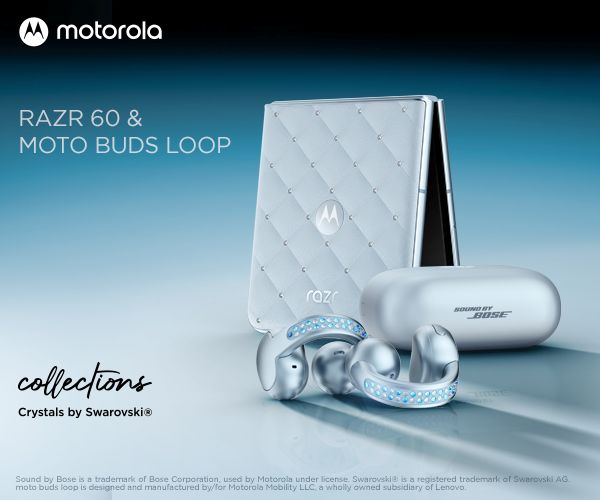The difference between Dolby Vision, HDR and SDR TV image quality is enormous. Unfortunately, most only buy lower-cost TVs with SDR (Standard Dynamic Range) and some support HDR (High Dynamic Range).
CyberShack reviews TVs. We are pretty good – videophile standard – and rather spoilt as we see the best. Imagine the horror of visiting the rellies and seeing their pride and joy generic ‘Bogan’ TV that insults your eyes. Once you experience good TV, you cannot go back. It is about brightness, detail in shadow and highlights, wide DCI-P3 colour gamut – the finished image.
If you want to know more about TV tech, read Confused about TV tech? That’s just what they want!
What is Dolby Vision (DV)?
Dolby Vision produces the best TV image. You need both DV content (most movies in the past five years) and a TV that can decode DV’s frame x frame (dynamic) metadata. There is a lot more to it, like:
- Brightness: around 1000+ nits peak brightness in a small 2 to 10% portion of the screen and 400-600-nits general viewing.
- Contrast: At least FALD (full array local dimming 500+nits, 1500:1 contrast) LED/LCD or mini-LED (500 to 1000 nits peak, 5000:1). Only OLED offers around 1000+ nits peak and infinite ∞:1 contrast – meaning the blackest blacks and whitest whites – the higher the contrast, the better. The latest LG G4 evo OLED – LG’s best and brightest TV tops all, has 1500nits peak brightness, and DV content looks spectacular.
- Colour Gamut: At least 99% of the DCI-P3 colour space with a 10-bit/1.07 billion colours.
- Sound: DV also comes with a Dolby Atmos (DA) soundtrack.
- Dolby Vision movies will play on any TV as they are backwards (downmix) compatible with HDR10, HDR, and SDR—they just won’t look nearly as good.
Currently, the OLEDs from LG and Sony and mini-LEDs from LG, Sony, TCL, and Hisense support DV and DA. Samsung does not support DV downscales it to the vastly inferior HDR10.
Regardless of the generic TV makers’ claim, edge-lit and direct-lit LED/LCD TVs cannot accurately reproduce DV content.
Pro
- Needs 1000nits or more peak (current class leader delivery 1500nits).
- The best colour, contrast, and image bar none (close to 100% DCI-P3 colour gamut and ∞:1).
- TV image is calibrated on a frame x frame basis to show the best image – what the filmmaker intended.
- DV has been the Industry standard for movies for the past five+ years and has the widest catalogue bar none (thousands versus hundreds).
- Comes with a DA soundtrack for 3D height and surround sound if you have a suitable soundbar or home theatre amp.
Con
- Many TVs claim to support DV (decode) but cannot reach 1000nits+ peak brightness, instead downscaling to HDR or SDR.
What is Dolby Atmos (DA)?
It is essentially 128 ‘sound objects’ that can be placed and moved anywhere – overhead, side, behind, front- adding 3D height and surround sound. Read Five tips for better TV sound – Dolby Atmos for beginners.
A DA-capable TV, HDMI 2.0/2.1 soundbar or home theatre amp decodes DA metadata and downmixes to the available speakers (usually 2.0 stereo up to 11.1.4). Depending on the number of speakers, the effect increases the 2D Left/Right sound stage to include 3D height and surround sound.
Research shows that to enjoy TV content, sound quality equals image quality – see, hear, and feel.
At a minimum, DA needs 5.1.4 channels/speakers
- Front: Left/Right/Centre front-firing (3.X.X).
- Front: Left/Right up-firing (X.X.2).
- Rear: Left/Right front-firing (2.X.X)
- Rear: Left/Right up-firing (X.X.2)
- A sub-woofer (X.1.X) because you want to both hear and feel the bass.
Of late, we believe that 7.1.4 is the minimum for DA adding Front Left/Right side-firing surround (2.X.X)

Samsung HDR10+
Samsung does not support DV. It promotes its own royalty-free HDR10+, which has similar requirements to Dolby Vision with frame-x-frame metadata. We will not argue the relative advantages of DV versus HDR10+ except to say that Netflix has well over 2000 DV titles and does not support HDR10+. Amazon Prime has about 700 HDR10+ movies.

No Samsung TV plays native DV content. It downmixes it to HDR10 (using inferior movie x movie metadata) and looks inferior to a DV TV. Interestingly, some HDR10+ movies (that look good on Samsung but are usually downmixed to the inferior HDR10 on other brands) support DA sound, but generally, it is PCM surround 5.1 or 7.1.
Pro
- It is hard to see any upside to this, given DV’s commanding industry-standard lead and image/sound quality.
Con
- Limited HDR10+ catalogue
- Samsung saves money by not paying DV licence fees.
- Samsung’s inability to play native DV, instead presenting it in the inferior HDR10, is not always evident to buyers.
- HDR10+ content is usually downscaled to inferior HDR10 on most other TVs.
Read Samsung QN90D 2024 4K mini-LED – 98” is a huge TV
HDR10
Technically, it should have 600-1000 nits peak brightness and at least 1500:1 contrast. But TVs with as low as 400 nits claim HDR10 support. This means the TV can decode HDR10 metadata but reproduce it to the panel’s best ability. It is the difference between scenery shot in bright sunlight and shot on a cloudy day—the dynamic range is just not there.
Pro
- The TV shows some details in shadow and bright zones that are not evident in SDR.
- True HDR10 capable TVs are brighter – typically 400-600nits and better than SDR TVs in higher ambient light environments.
- Most streaming services have 4K HDR10 movies (or DV and HDR10+ are downmixed).
Con
- HDR10 uses movie x movie (static) metadata to tell the TV what kind of content it is. This is like saying that the scenery does not change driving from Sydney to Perth!
- Many TVs claim HDR10 (or more) but downmix to the panel’s capability.

There is a table comparison between HDR10, HDR10+ and Dolby Vision here
HDR
The TV should have a peak brightness of at least 400nits, but most simply claim HDR support (meaning it downmixes to SDR).
Pro
- Some HDR definition is better than none.
- Most 1080p streaming service content is HDR, which downscales to SDR if the TV cannot decode and play it.
Con
- It is the lowest of the HDR standards.
- HDR TVs are typically 4K, edge-lit and low-cost.


SDR
Any TV that displays at least 100 nits (typically 200-300) shows SDR content. This is a throwback to CRT (Cathode Ray Tube) TVs. It can display up to 8-bit/16.7million colours, but the majority only show six stops of primary colour. The human eye can see 14 stops! There is no intent for these TVs to show real colours, but most are capable of a reasonable degree of the SRGB gamut.

Pro
- Every TV can show SDR content – mainly for older 480/720/1080 content.
- SDR TVs are typically low-cost.
Con
- Low brightness and contrast.
- Low definition.
- No details in dark and highlighted areas.
- No metadata to show filmmakers’ intent.
SDR details here.
What does this mean?
If you are particular about image quality, look past the cheapie LED/LCD edge and direct-lit TVs claiming DV support. Yes, they may be able to decode DV metadata, but you will see an HDR image at best.
As we test TVs, we have some sample shots to show you what you are missing with Dolby Vision content.
Note: We are using images from 2022-2023, but the effect is the same for 2024 TVs.









HDR 10

HDR

SDR












Comments